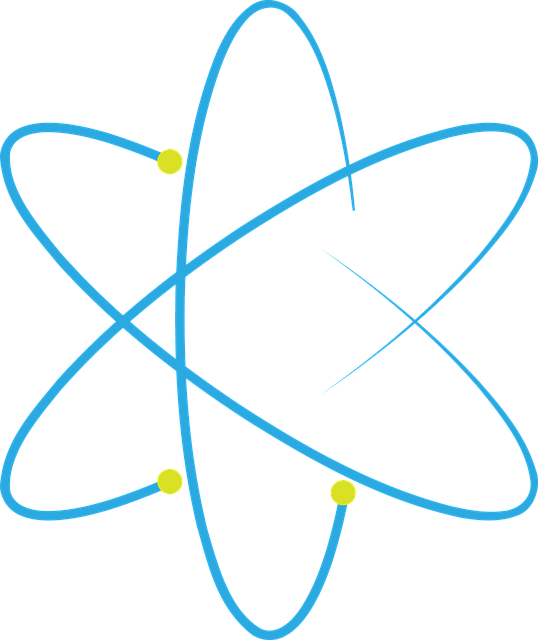Application of Equilibrium constants, represented as Kc(for concentration) and Kp (for pressure in gaseous reactions), These constants provide important approaches into the extent of reactions and their feasibility under given conditions.
Predicting the Extent of Reaction
The magnitude of the equilibrium constant helps us to gauge the extent at which a reaction proceeds:
Large Kc: If Kc is very large (Kc >103), the reaction strongly favours product formation. This implies that, at equilibrium, most of the reactants have been converted into products.
Small Kc: If Kc is very small (Kc < 10−3), the reaction favours the reactants, meaning very little product is formed.
Intermediate Kc: If Kc lies between 10−3 and 103, major amounts of both reactants and products coexist at equilibrium.
This application helps to the chemists to determine a reaction is worth to follow for practical purposes, such as industrial synthesis.

Predicting the Direction of Reaction
The equilibrium constant allows us to predict the direction in which a reaction will proceed to achieve equilibrium. By comparing the reaction quotient (Q) with Kc:-
If Q < Kc: The reaction proceeds in the forward direction to produce more products.
If Q > Kc: The reaction proceeds in the reverse direction to form more reactants.
If Q = Kc: The system is already at equilibrium.
This information is very vital for controlling the reactions in laboratories and industries.
Calculating Equilibrium Concentrations
If the value of Kc has been given, then we can calculate the equilibrium concentrations of reactants and products in a chemical reaction. For example, in a reaction: aA + bB ⇌ cC + dD
The equilibrium constant is expressed as:
Kc = [C]c [D]d / [A]a [B]b
If the initial concentrations and Kc are known, we can use algebraic methods to solve the unknown equilibrium concentrations. This application is widely used in research and industrial processes where maintaining specific concentrations is vital.
Designing Chemical Processes
In industries, equilibrium constants guide the optimisation of conditions to maximise product give up. By adjusting parameters like pressure, temperature, and concentration, the equilibrium position can be shifted in the desired direction, as per Le Chatelier’s principle. For example:-
Haber Process: The synthesis of ammonia (N2 + 3H2 ⇌ 2NH3) relies heavily on the equilibrium constant to determine optimal pressure and temperature.
Predicting Solubility
Equilibrium constants are also used to determine the solubility of sparingly soluble salts through the solubility product constant (Ksp). For example, the dissolution of AgCl is governed by:
Ksp = [Ag+] [Cl−]
Knowing Ksp, chemists can predict whether a precipitate will form in a solution.
Acid-Base Reactions and pH Calculations
Equilibrium constants like Ka (acid dissociation constant) and Kb (base dissociation constant) are fundamental in acid-base chemistry. They help in:
Determining the strength of acids and bases.
Calculating the pH of solutions.
For example, a strong acid like HCl has a very high Ka, while a weak acid like acetic acid has a lower Ka
Buffer Solutions
Equilibrium constants help in the preparation and functioning of buffer solutions, which maintain a stable pH. The Henderson-Hasselbalch equation, derived from Ka, is used to design buffers with desired pH values.
Gaseous Equilibria and Partial Pressures
For gaseous reactions, Kp is used instead of Kc, as it relates the equilibrium constant to the partial pressures of gases. This application is essential in chemical engineering, where reactions in gases are common
Note :-
Equilibrium constants are not just mathematical expressions but powerful methods to have a controlling on chemical reactions. It provides to the chemists and engineers to innovate and optimise. It’s in the laboratory or in large-scale industrial processes, equilibrium constants are vital in achieving desired chemical result.
The equilibrium constant (Kc or Kp) calculate the extent to which a reaction proceeds and helps to determine the relative concentrations of reactants and products at equilibrium.
By comparing the reaction quotient (Q) to the equilibrium constant (Kc):
If Q < Kc, the reaction proceeds forward to produce more products.
If Q > Kc, the reaction moves in reverse to produce more reactants.
If Q = Kc, the system is at equilibrium.